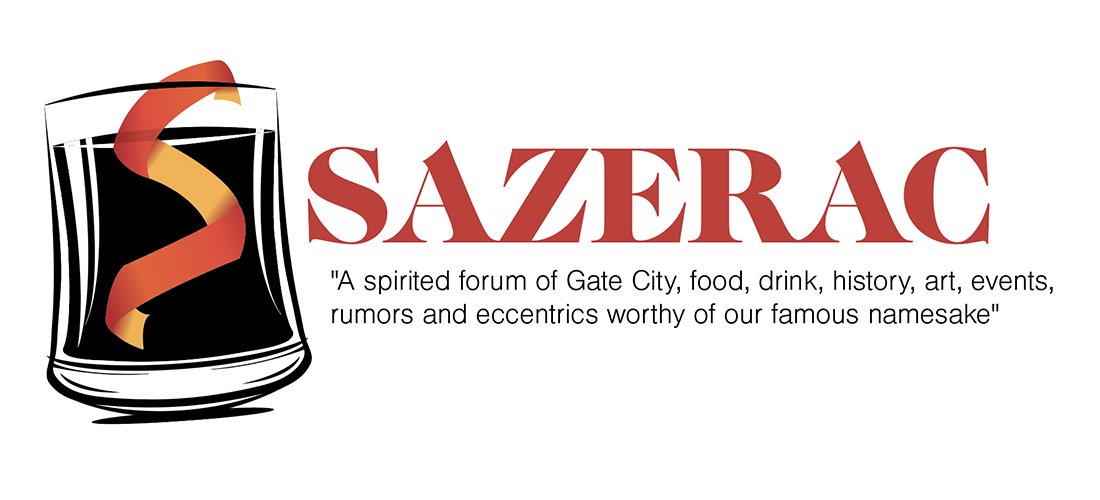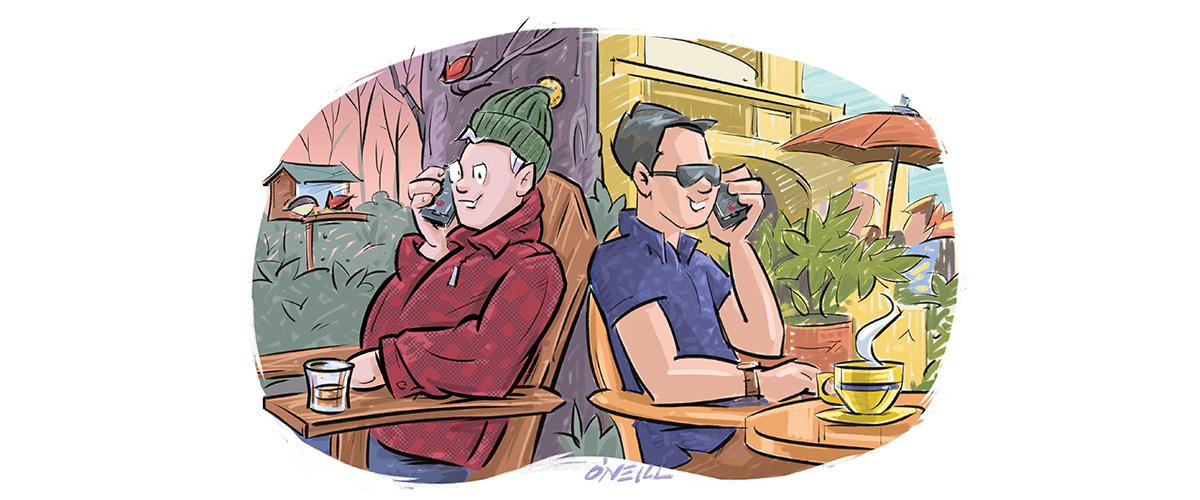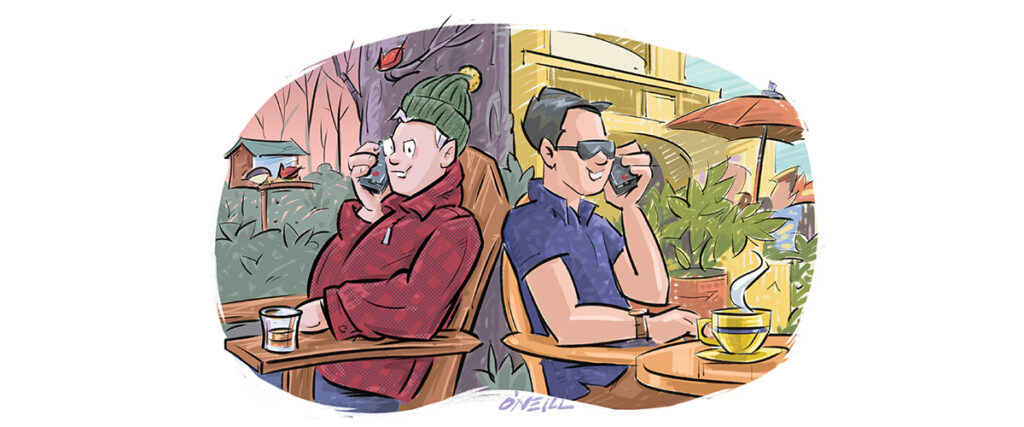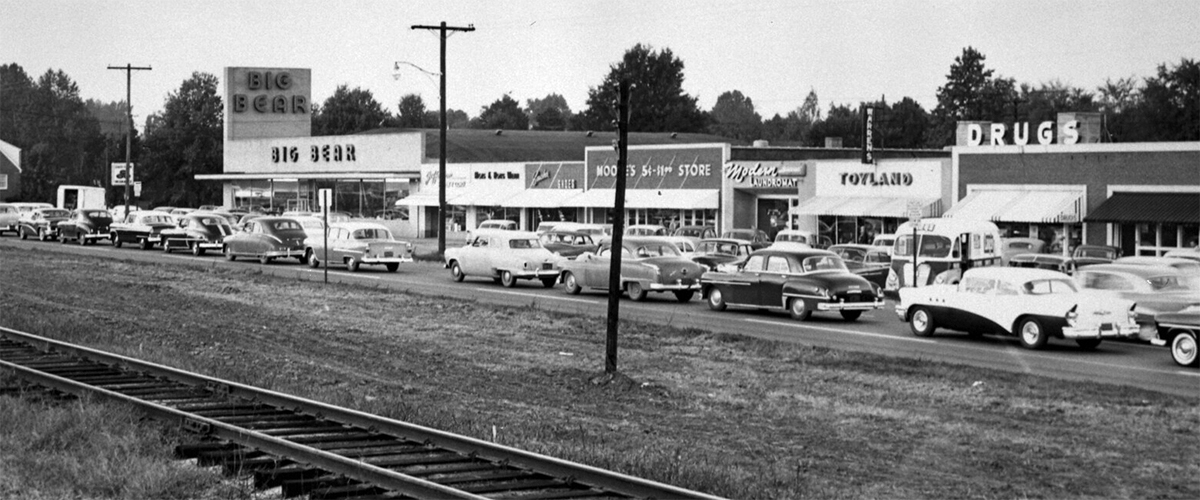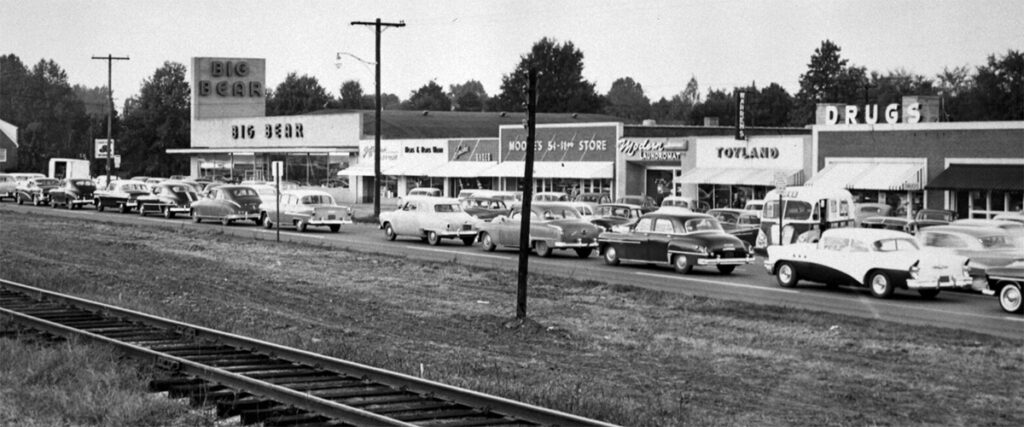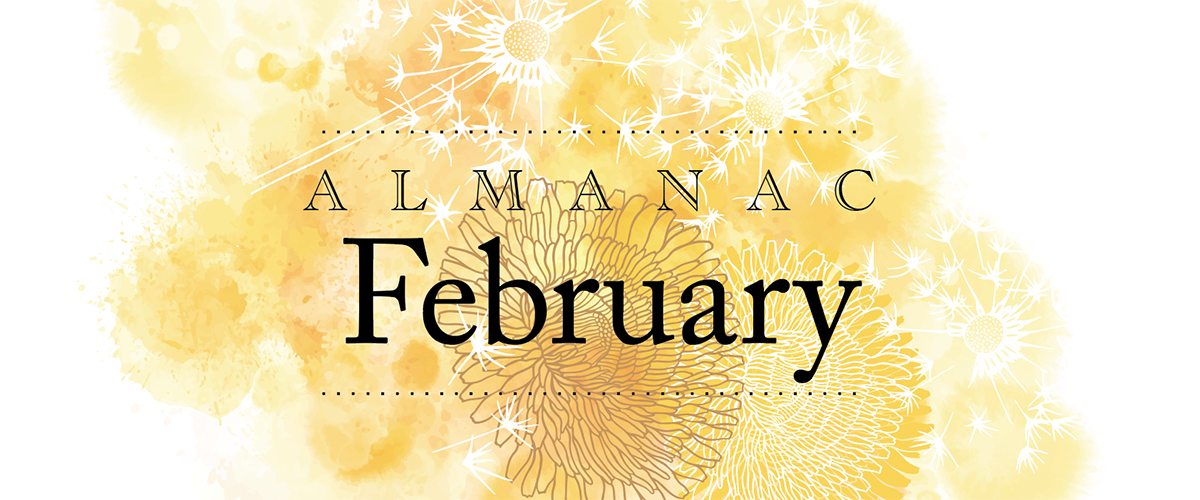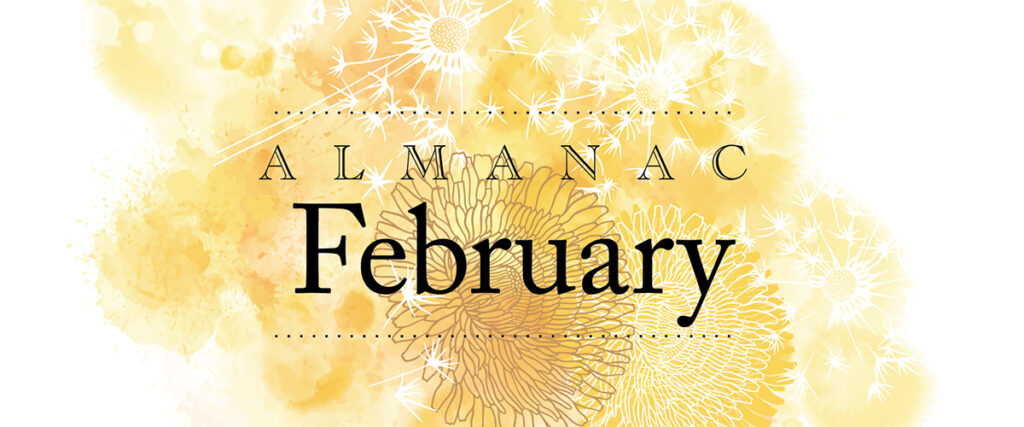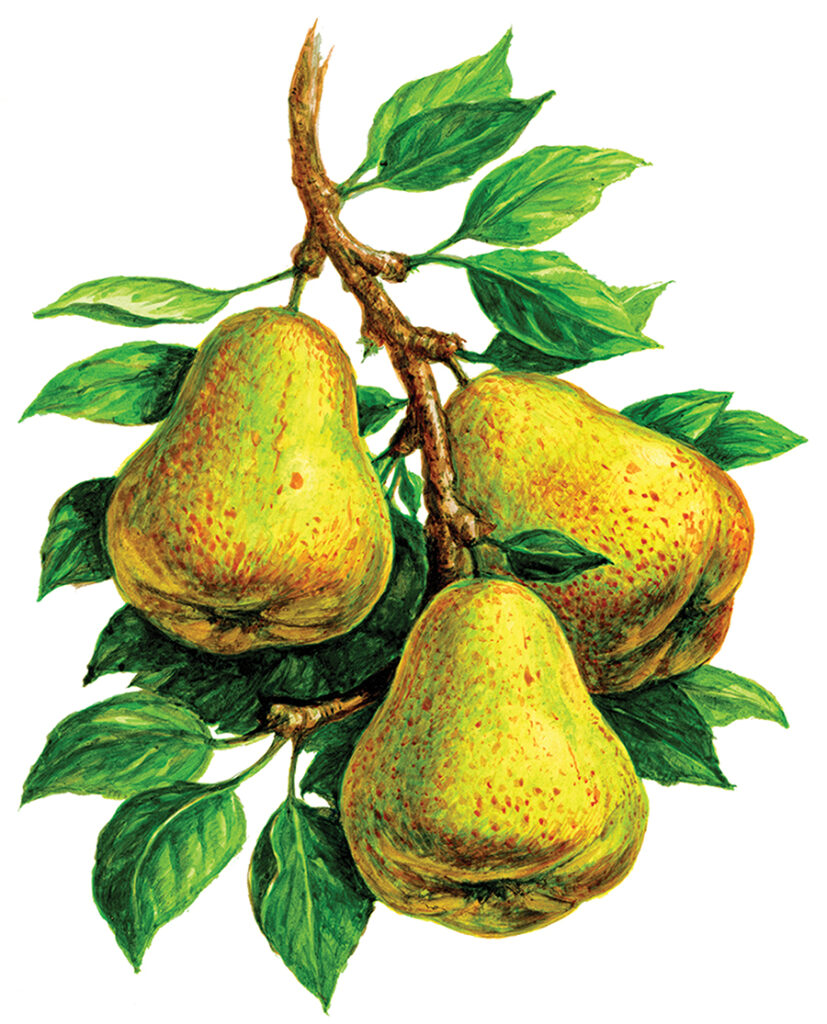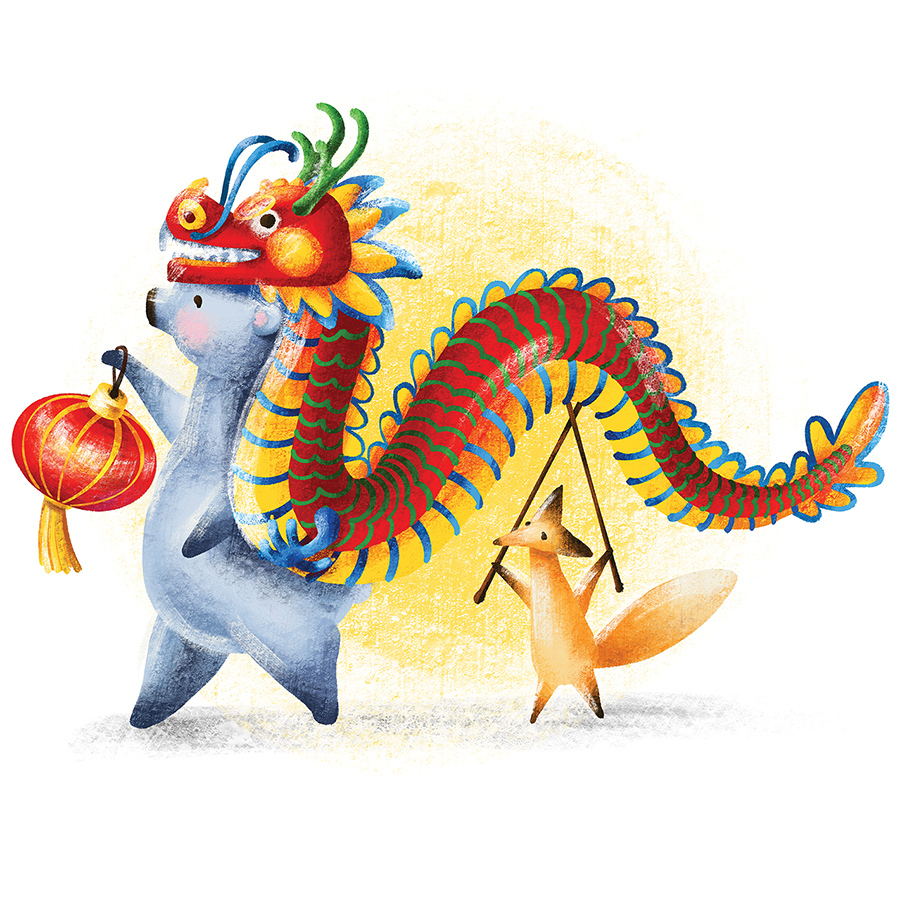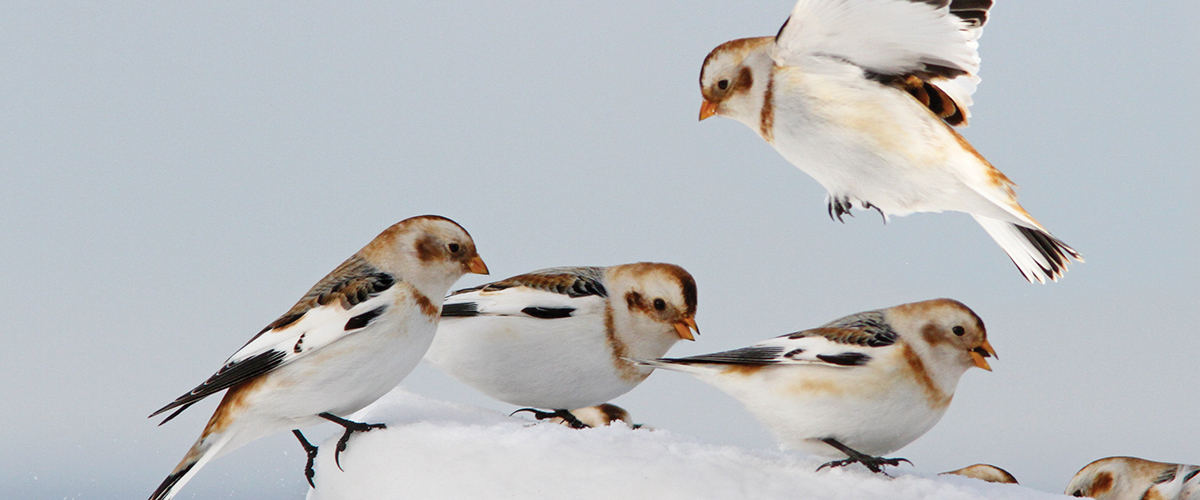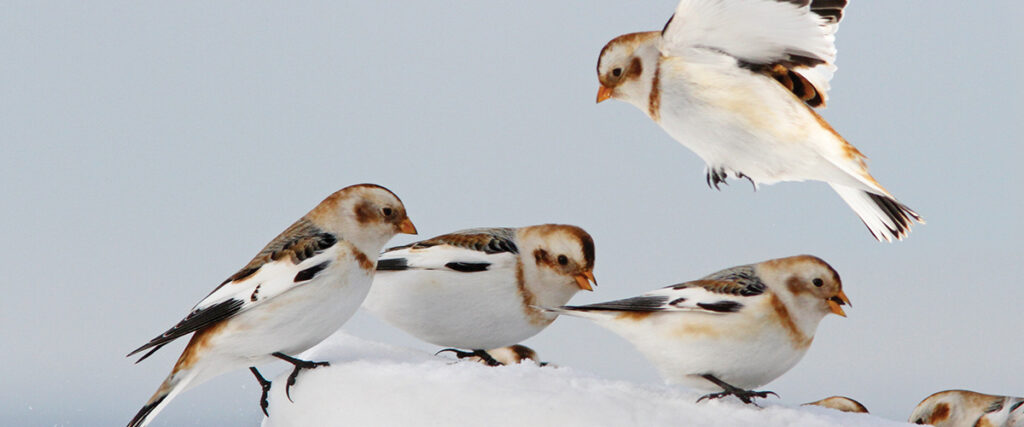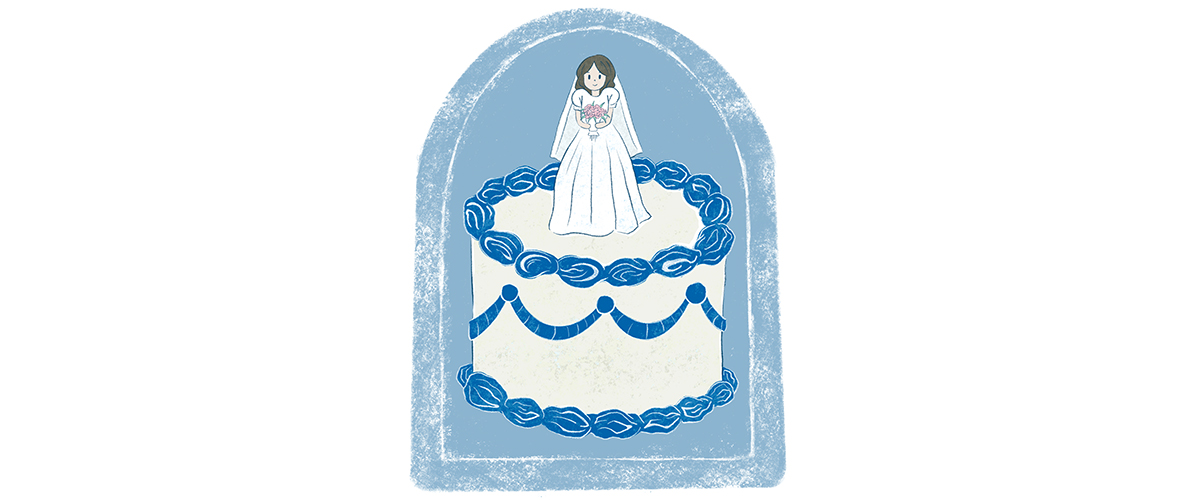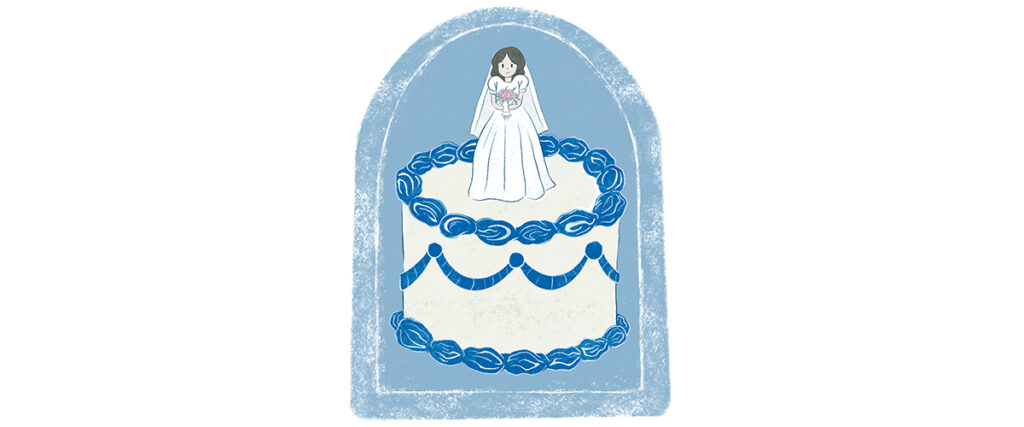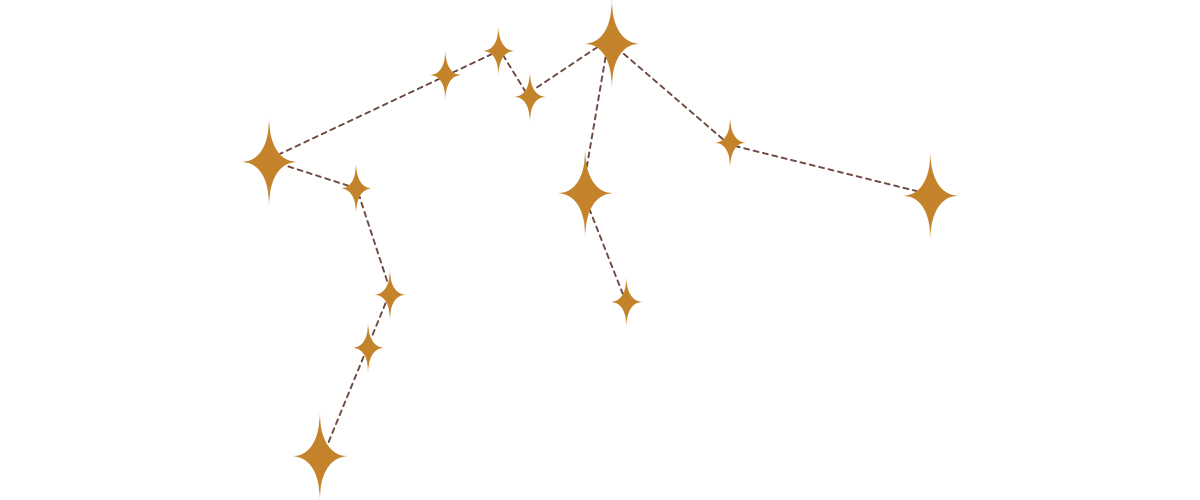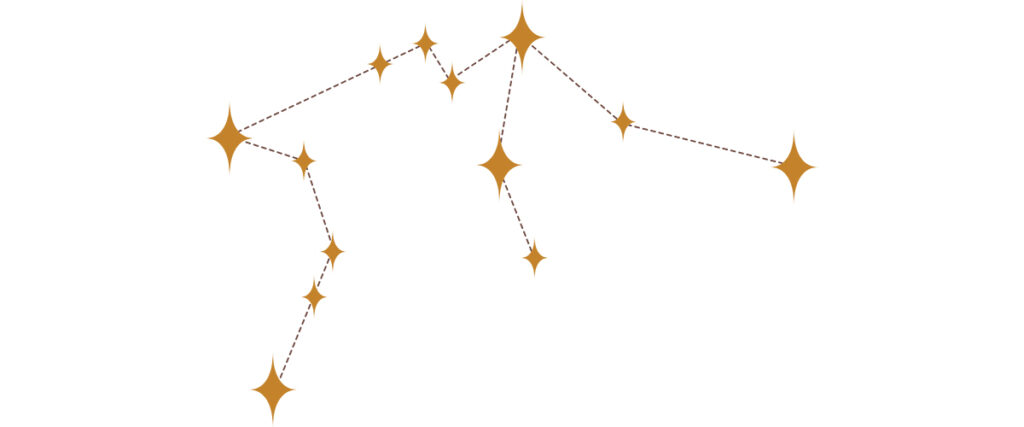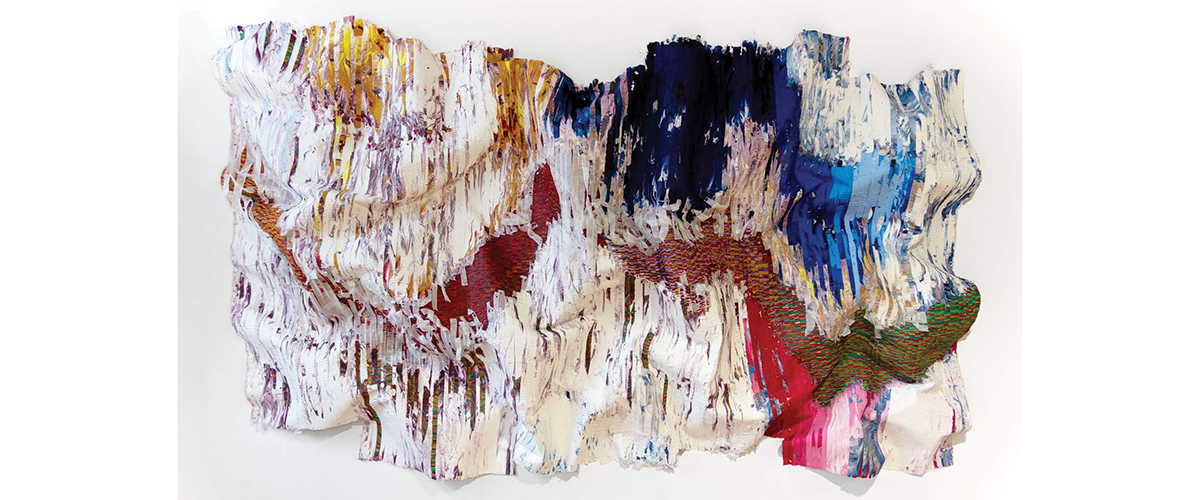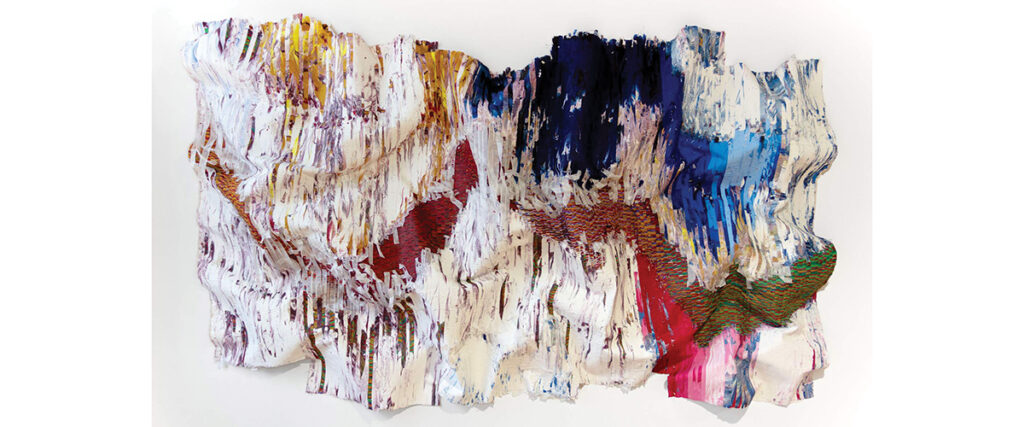Sazerac February 2024
Sazerac February 2024
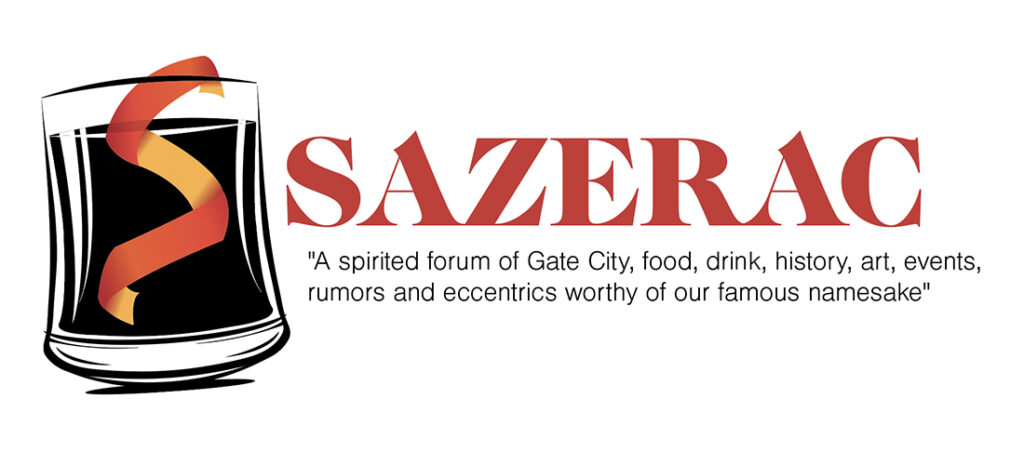
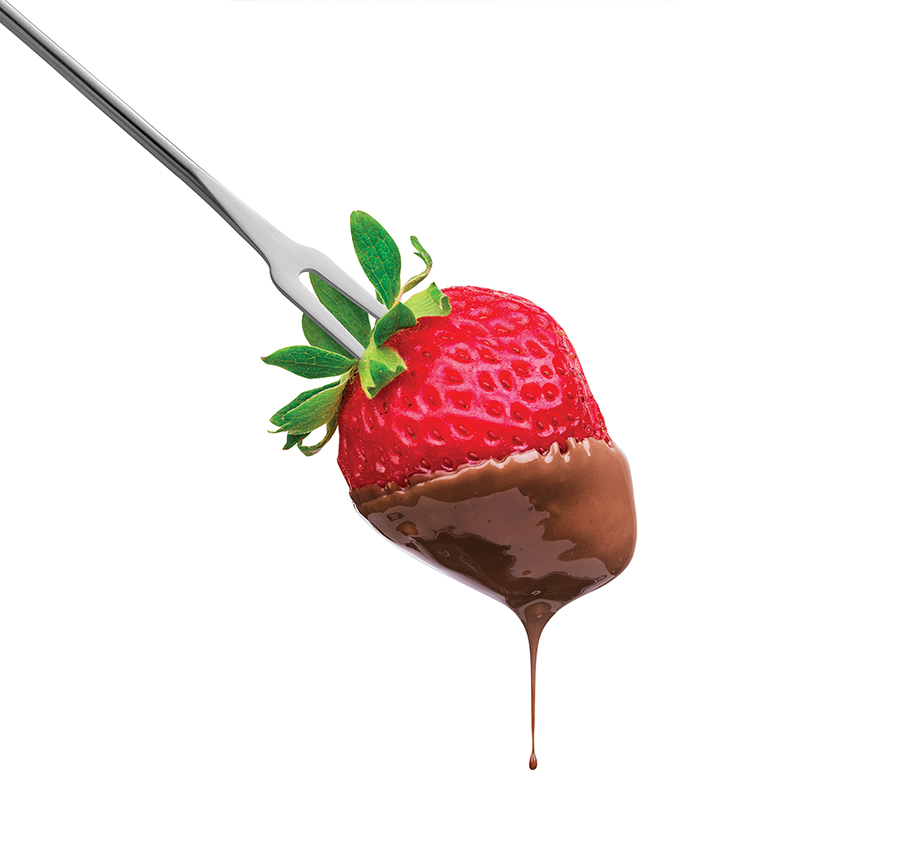 Sage Gardener
Sage Gardener
With Valentine’s Day coming up, the Sage Gardener has been sitting by a crackling fire, reading about aphrodisiacs and anaphrodisiacs, to which The Cambridge World History of Food devotes 12 quarto-sized pages. (Anaphrodisiacs? Substances and foods that blunt sexual appetite — of particular interest to clerical scholars during the Middle Ages in respect to randy monks, friars and priests.) But back to plants and foods that encourage amorous behavior, as seen on the big screen when Tom Jones meets Mrs. Waters in a country inn and gastro-lust ensues.
Who knew, for instance, that sparrow brains were prized in 16th century England for their lascivious attributes? Granted, goddess of love Aphrodite considered them sacred and that they’re infamous for their uninhibited and public displays of affection — but sparrow brains? And sweet potatoes? Once upon a time, again in Jolly Old England, they were prized as “the venereous root,” probably because of their scarcity (or appearance?). Which is likely why so many once-exotic but now-every-day spices (cardamom, nutmeg, ginger, gloves, cinnamon and even pepper) were prized as aphrodisiacs. (I certainly see no effects from the gallons of chai I drink every morning.) I also learned that the French ate three meals of asparagus the day before their weddings as a libido booster. And that beets are a natural source of tryptophan, betaine and boron, something that’s hard to beet in the vegetable world.
I came of age in the ’50s and ’60s, when, as Jane and Michael Stern observe in their classic American Gourmet, “culinary sophistication conferred great powers of seduction on the gourmet.” Books such as Saucepan and the Single Girl, Venus in the Kitchen, The Naked Chef and Love and Dishes have, over the years, fueled amorous fires in so many bellies and hearts. The Sterns remember fondly how setting victuals ablaze — from flaming chunks of meat skewered on a sword to, look it up, coffee set on fire — kindles something primitive deep down in our psyches. And remember Swiss fondue and America’s obsession with oh-so-saucy-and-sexy French cuisine? It was an era when Cosmo editor Helen Gurley Brown wrote, “There is a relationship between food and sex. One appetite can feed the other in a never-ending cycle of sensation.” (Was it any wonder that my wife-to-be and I bonded on a picnic featuring roast duck and homemade gingerbread?) The Oxford Companion to Food confirmed what my decades of dining suggest — that “the concept of finding a truly aphrodisiac food is on a par with that of finding a crock of gold at the end of the rainbow.” However, there are few tried-and-true favorites my kitchen mate and I put on the table for anniversaries, birthdays and other special occasions.
Is there a more sensuous food than ripe strawberries, especially if you share a few double berries, taking just a half bite and sealing the deal with a sweet meeting of the lips? The botanical name for chocolate, Theobromo (food of the gods) cacao, is apt not only because of its stimulating chemicals, such as phenylethylamine and serotonin, but from the sheer sensual pleasure of having something melt in your mouth as it triggers endorphins in your brain. Teething and savoring the soft flesh of steamed artichoke petals, dipped in butter, is a sensuous ritual, as is dipping lobster into melted butter. And how about butter on just about anything? And then there are oysters, plucked steaming and sizzling from beneath a burlap sack atop a sheet of steel over a roaring fire — popped open and slurped with just a dash of tangy Texas Pete.
I could go on, but in an era when men and women endlessly troll the internet and haunt doctors’ offices looking for love, something a London physician observed in the 16th century comes to mind: “A good cook is half physician.”
— David Claude Bailey
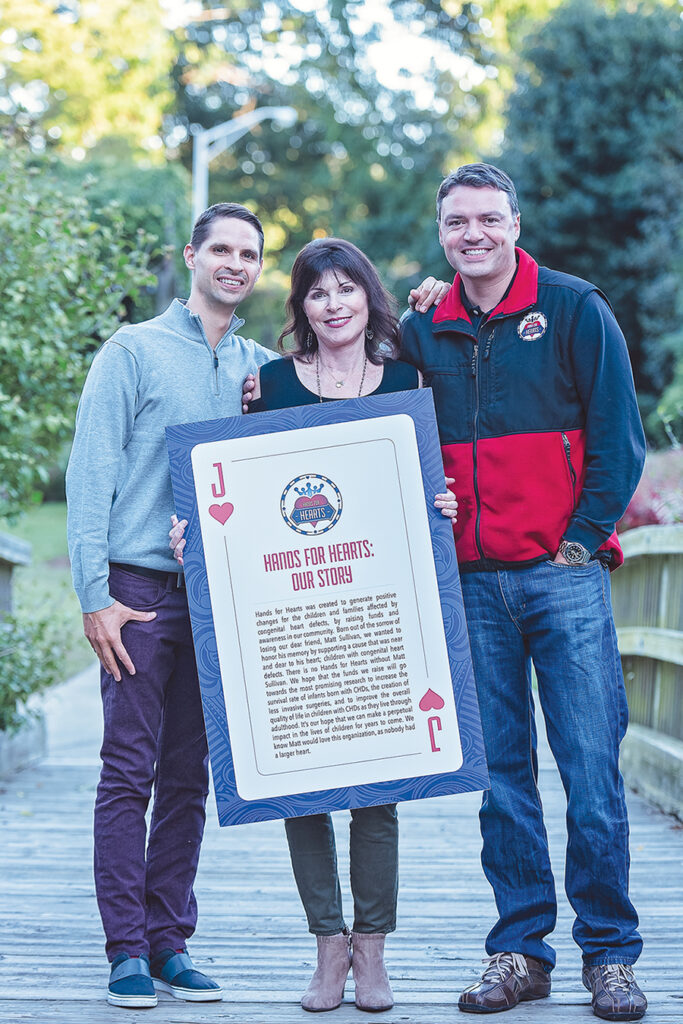
A Heartfelt Cause? You bet
Six years ago in “The Light Within Us,” O.Henry writers highlighted several local individuals and organizations who were sprinkling Greensboro with goodness (ohenrymag.com/the-light-within-us). We recently caught up with Kathleen Little, who cofounded Hands for Hearts in memory of her son, Matthew Sullivan. Sullivan passed away in January 2014, a decade ago. At the time of his death, Sullivan, just 34, held a tight bond with his toddler nephew, Nicholas LaRose, who was born with multiple heart defects. To support children — like Nicholas — with congenital heart defects and to carry on the legacy of a young man who had “a heart that went on for days,” according to best friend Skotty Wannamaker, Hands for Hearts was brought to life. Now, 10 years after forming, the nonprofit organization is still beating strong. In fact, last year, Hands for Hearts took home the 2023 Duke Children’s Hero Award. Wanna take a gamble on how you can help? Practice your poker face and chip in for its annual Casino Night from 6 p.m.–midnight on Saturday, Feb. 24, at the Greensboro Country Club. Food, drinks, silent and live auctions, plus classic casino games? Count us in. Tickets: handsforhearts.org.
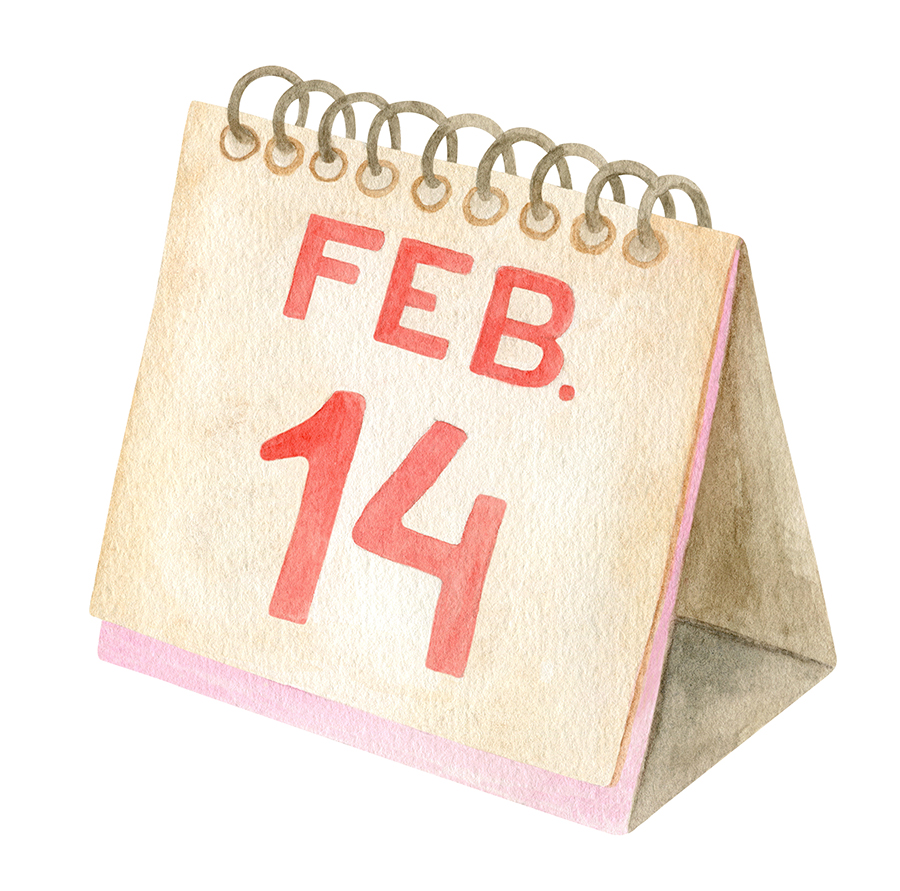 Unsolicited Advice
Unsolicited Advice
Fun fact: Gary Chapman, author of The Five Love Languages, hails from North Carolina and served as minister for over 50 years at Cavalry Baptist Church in Winston-Salem. Since Valentine’s Day is right around the corner, we’ve come up with some ideas to help you show your feelings, no matter which language your partner speaks.
Words of Affirmation: There are just three little words your partner is longing to hear. “You were right.”
Quality Time: How about a movie night? You’ll spend almost an hour discussing what flick to pick only to decide there’s not enough time left to watch said film. But, hey, that was a good 45 minutes together.
Physical Touch: Big spoon, little spoon? Nah, give ‘em something less expected. High five, low five. Nothing says romance like a “Put it there, bruh.”
Acts of Service: Do you remember that Mr. Clean Super Bowl ad that went viral in 2017? Google it. The point is, there’s nothing sexier than someone else cleaning your house. Nothing.
Receiving Gifts: You are a gift. Remember that. And make sure your partner knows that, too.
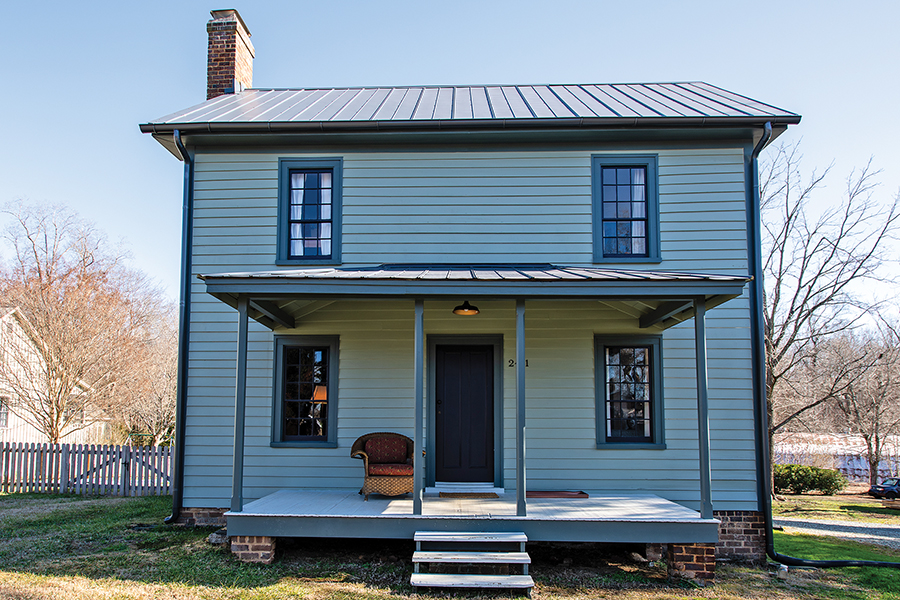
Window to the Past
Photograph © Greensboro History Museum Collection
Milling around? A family poses on the porch of their house in one of the Cone mill villages. From the exterior, this house is almost a spitting image of the Glencoe mill home featured on page 60. Can you spot the major difference?

